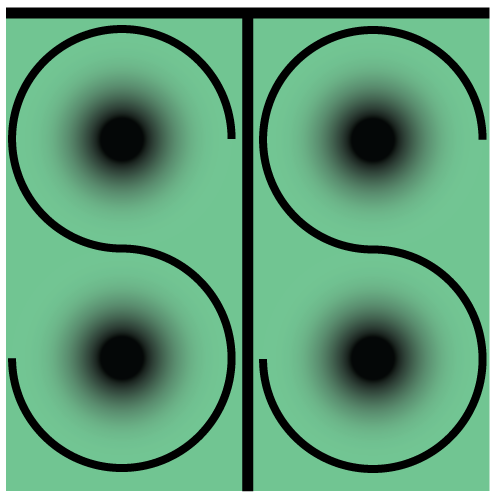Date/Time
Wednesday
31 Oct 2012
12:00 pm - 1:00 pm
Location
470 Stephens Hall
Event Type
Brownbag
Mary Sunderland
Lecturer, Department of Nuclear Engineering
The colorful salamanders, Ensatina eschscholtzii, are prominently featured in biology textbooks to illustrate evolution in progress. Like Darwin’s finches, Ensatina offers a compelling and visually striking example of species formation. Identified as a ring species in 1949, the distribution of Ensatina forms a loop. Around the loop, adjacent populations interbreed and appear similar except where the two loop ends meet. At this point of overlap the populations look quite distinct from one another and fail to interbreed; they appear to be different species. For this reason, Ensatina is held up as a clear example of evolution in action. But evolutionary processes are not so simple. Ongoing research shows that the Ensatina ring-species story is much more complicated. This talk documents the mutual development of the ring-species concept and Ensatina as a model for studying evolutionary processes. Tracing the making of Ensatina into a research model raises questions about the roles of cooperation and collaboration in the sustainability of long-term research programs.
Additional sponsorship comes from: Office for the History of Science and Technology



